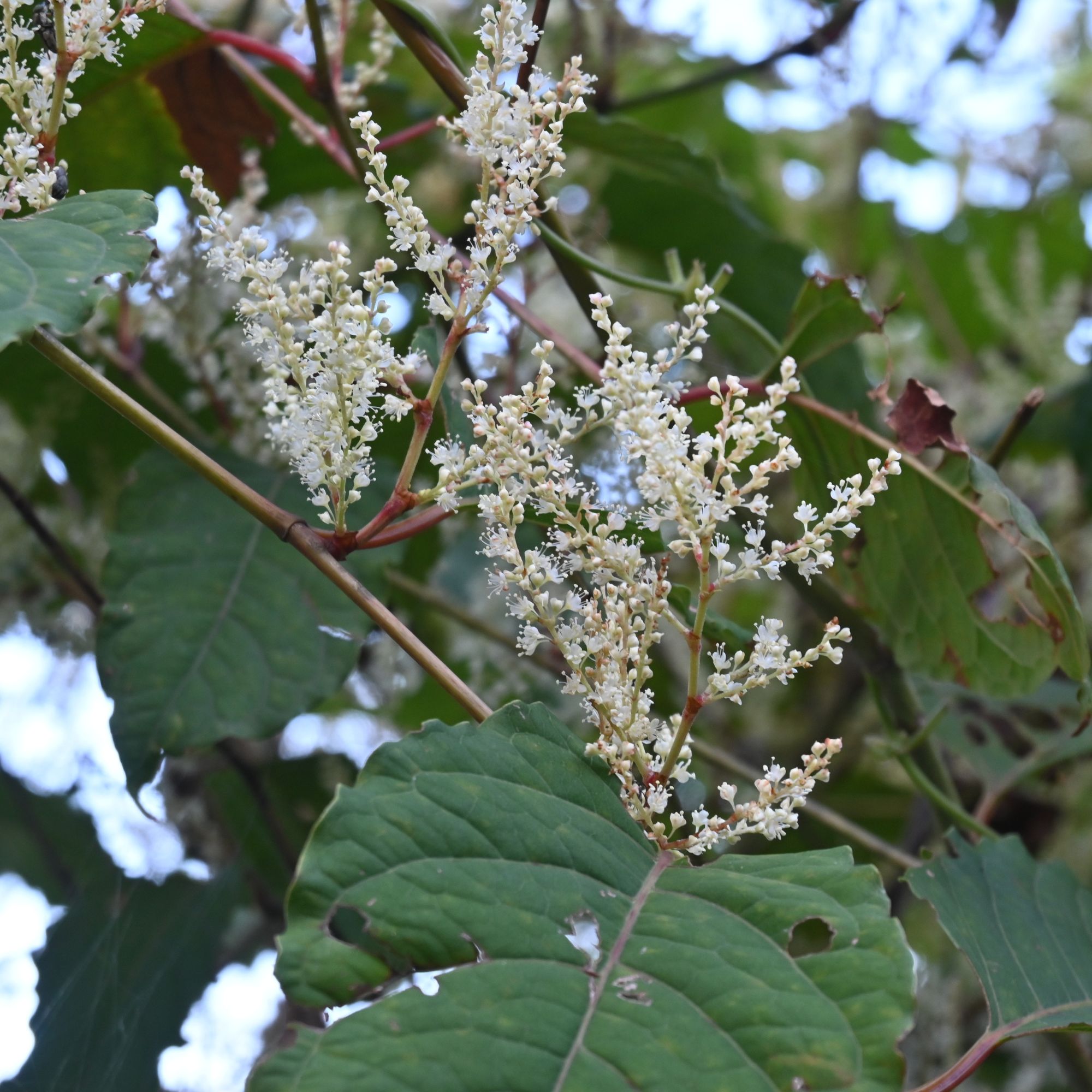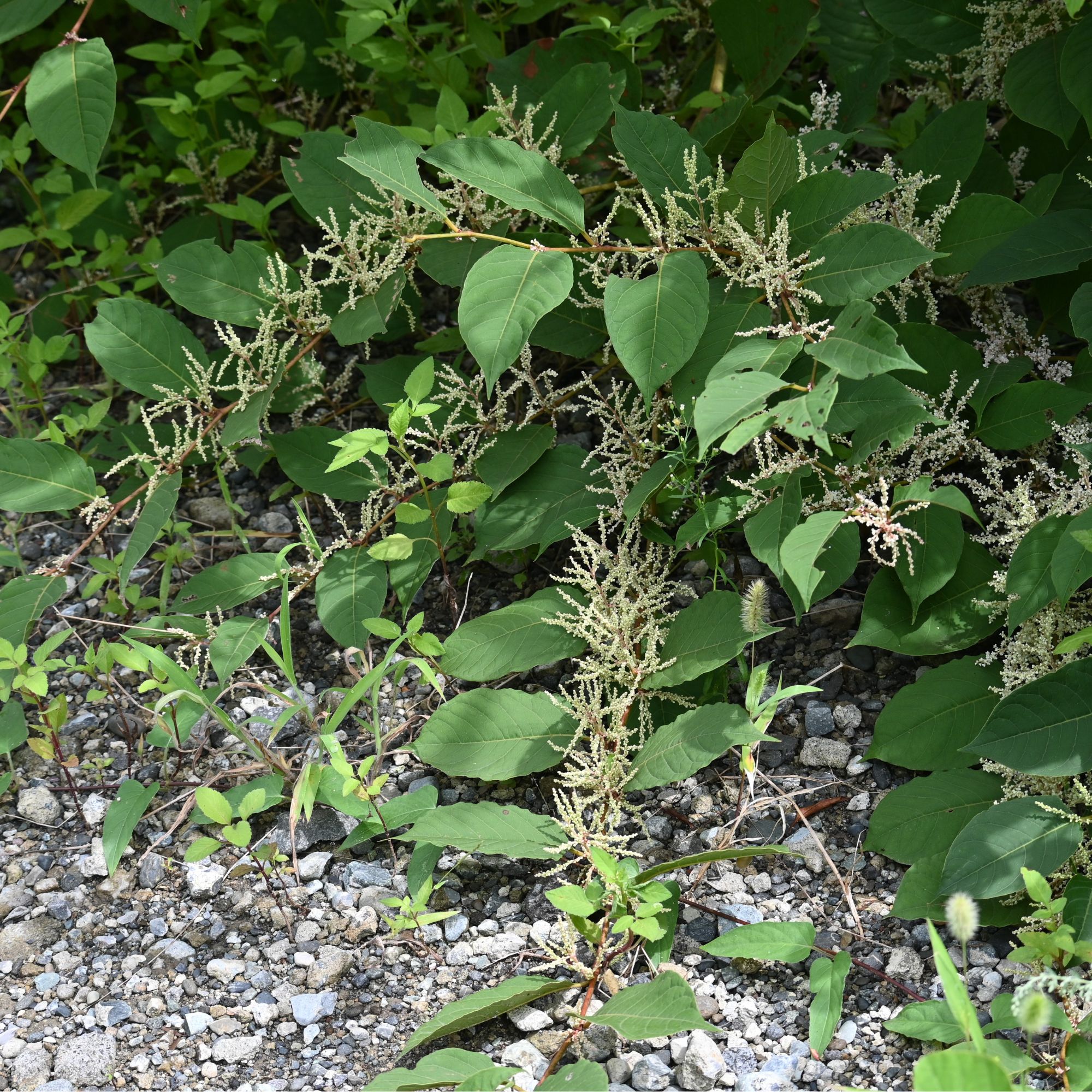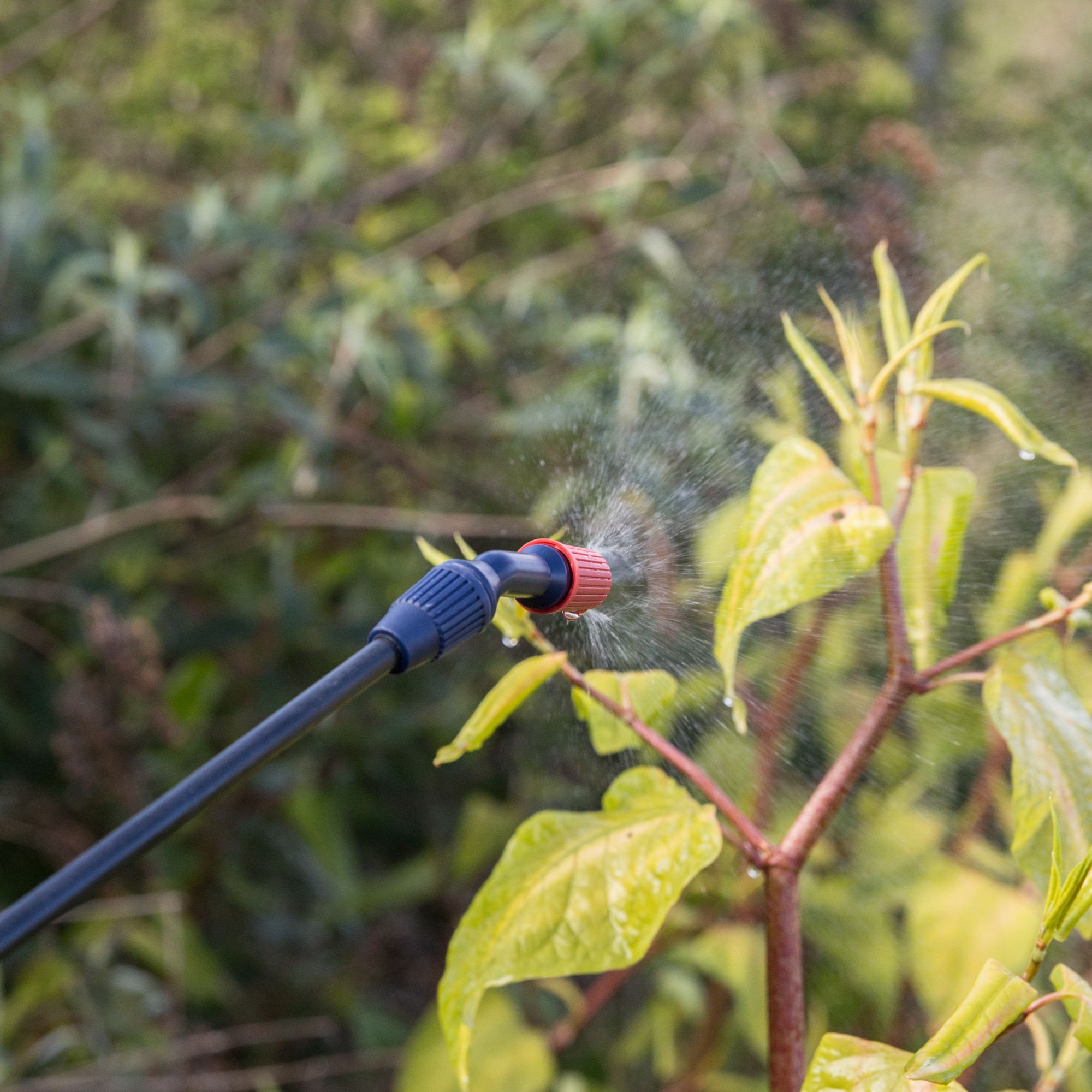
It is a truth universally acknowledged that nobody (honestly, not a soul) wants to find Japanese knotweed on their property – but new research has revealed that some 4,500 homebuyers in the UK could unknowingly buy a property affected by the invasive plant every year.
It's little wonder, then, that so many of us are keen to know how to get rid of Japanese knotweed safely. Especially as getting it wrong could prove to be one of those expensive garden waste mistakes that make a huge and unwelcome dent in our bank accounts.
'Japanese Knotweed is a real thug and can cause many problems for homeowners and neighbours,' notes Morris Hankinson, director of Hopes Grove Nurseries.
Morris isn't wrong; this voracious weed can cause significant damage to hard surfaces, block drains and cause cracks to form in buildings.
And you can't just up and sell your home to get away from it either, as one seller in Raynes Park, London learned the hard way in 2023...
How to get rid of Japanese knotweed
It's important to learn not just how to get rid of Japanese knotweed, but how to identify it, too.
Why? Because, as mentioned already, a seller in Raynes Park was recently 'ordered to pay £200,000 in costs and damages to the buyer of their 3-bedroom family home after they failed to declare the presence of knotweed during the sale' – despite claiming not to have known the plant was growing on the property.
'Discovering knotweed growing in the garden after you’ve bought a property is a very unpleasant and worrying situation to be in,' says Nic Seal, founder of Environet, who goes on to note that, if it can be proven that the plant was present at the time of sale, there is a very good chance of success in a legal case against the seller.

'Anyone who answers "No’"to the Japanese knotweed question on the TA6 form needs to be 100% certain that the property is not affected, which means no live rhizome under the ground of the property or abutting in the neighbouring land,' continues Nic.
'That’s a difficult undertaking, so the general advice is to respond "Not known". Because, as the Raynes Park case shows, sellers who fail in their obligations to carry out proper checks and give false information are likely to come unstuck, as experts can usually tell how long the plant has been there and whether any attempts have been made to kill it.'
With that in mind, then...
1. Learn to identify Japanese knotweed
A recent YouGov survey revealed that, despite 77% of people claiming to be aware of Japanese knotweed, only 12% could correctly identify it from a gallery of six photographs of different plants.
'It might be one of the most well known and least loved of all the weeds, but Japanese Knotweed is actually tricky for many to identify,' agrees Morris.
Thankfully, there are more than a few tell-tale signs to watch out for – including their 'pointed, heart-shaped leaves, creamy white flowers, and red asparagus-like shoots,' says Christopher O'Donoghue, one of the co-directors at Gardens Revived.
'Japanese knotweed stems look a lot like bamboo canes,' he explains, pointing out that they are hollow and can grow up to 2-3 metres in height.
'You'll also find the clusters of creamy white flowers start to appear as summer progresses, and that the distinctive leaves form in a zigzag formation (appearing on alternate stems).'
2. Report it
If Japanese knotweed is confirmed, it's vital you report its presence to your local council or authorities.
'They may have specific procedures in place for handling invasive plant sightings,' says Christopher.
'Plus, you can be fined simply for failing to take appropriate action to prevent the spread of invasive plants from your property to neighbouring areas or natural habitats, so reporting the plants will help your case should it become an issue later.'
3. Seek help from the professionals

Once it has been identified on your property, Morris says the only course of action is to get rid of Japanese knotweed – ideally by calling in a professional.
'A professional, however, will use a commercial strength pesticide and apply it as and when it should be applied in a safe manner. This may take more than one visit. When the plant has died, it will be removed and disposed of correctly and you will be given a certificate to show you had a professional do this for you.'
Christopher adds that, while you can excavate knotweed by digging the plant and its roots up, they run very deep. As such, it's still better to call in a professional for help.
4. Dispose of it correctly
Once you have worked out how to get rid of Japanese knotweed, it's important to note that the weed is 'controlled waste' under the Environmental Protection Act 1990.
This means that it will need to be disposed of at a licensed landfill site, which is best done by contacting a 'specialist removal company with a registered waste carrier licence,' says Morris.
Alternatively, it can be left to dry before being burned in the garden it was found – but it should never be composted or thrown out with household waste. Ever.
FAQs
Can you get rid of Japanese knotweed yourself?
As mentioned already, homeowners might wish to tackle a small clump of Japanese knotweed themselves, but it will require a total excavation of the plant and its root system – which can prove incredibly labour-intensive.
'There are companies who specialise in Japanese knotweed removal in the UK, and it's best to call them in,' says Christopher. 'They have the expertise and resources, not to mention the licenses required, to effectively manage and eradicate the plant.'
Why can't you cut Japanese knotweed?
It's best never to cut Japanese knotweed, as doing so can heighten the risk of spreading the infestation around your garden and the surrounding areas, making it harder than ever to get rid of the invasive plant.
Do you have to declare Japanese knotweed when selling a house?
You must declare whether or not Japanese knotweed is growing on your property when selling your home, otherwise, you run the risk of a lawsuit and a hefty fine.
'Declaring the presence of Japanese knotweed may make a property more difficult to sell, but certainly not impossible,' says Nic reassuringly.
'Choosing the right course of action, 68% of sellers would be proactive and commence professional treatment, allowing their sale to proceed. Buyers are also becoming more pragmatic, with only one-third (33%) stating they would not buy a property with knotweed. Five years ago, 50% would not have bought a property with knotweed.'
Now that you know how to get rid of Japanese knotweed, we suspect you'll want to nip outside and scour the garden for any tell-tale signs of this invasive plant.
We'll see you in a few hours...







